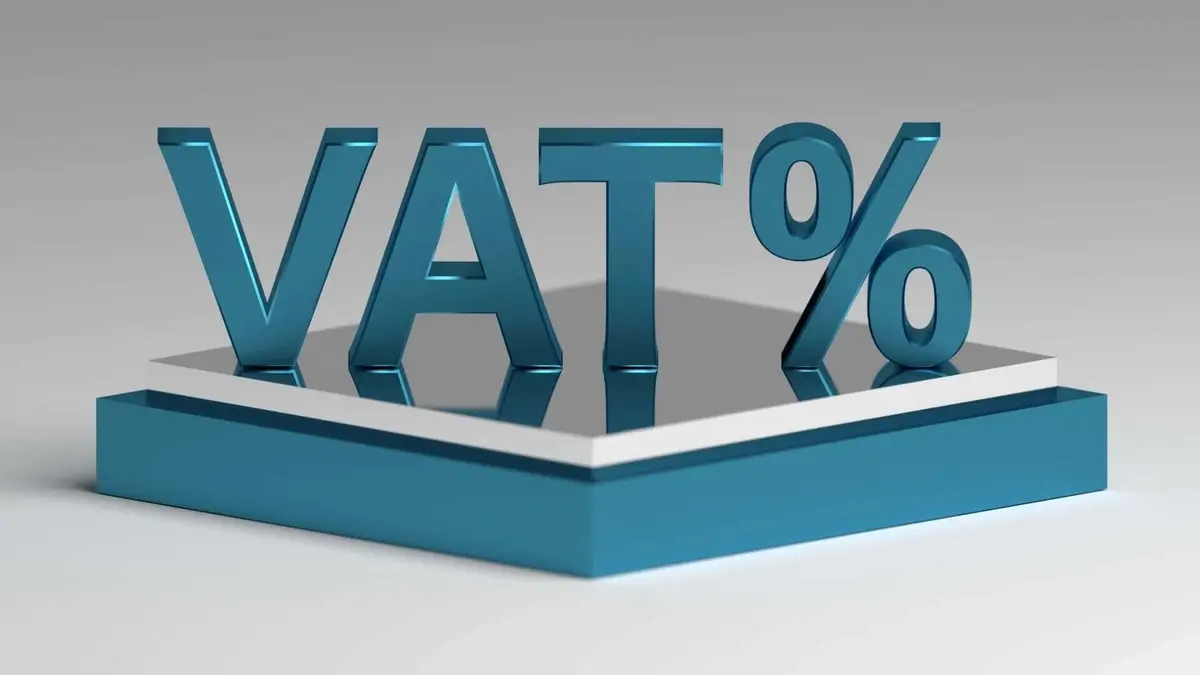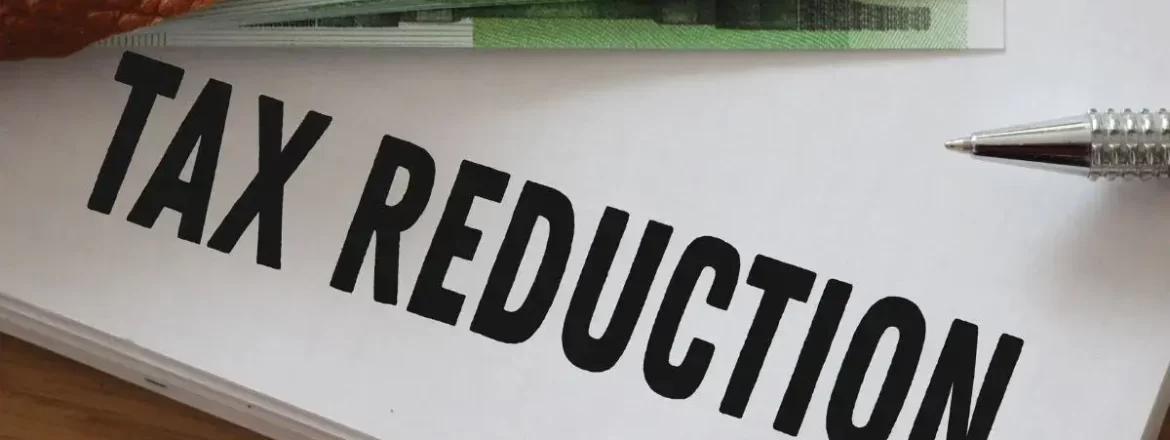Update: Vietnam’s VAT rate cut from July 1, 2025, to December 31, 2026
Vietnam’s government has again stepped in to support economic recovery by extending its temporary value-added tax (VAT) reduction. Below is the latest information on scope, timeline, beneficiaries, and implementation guidelines for this 2% VAT cut.
Overview of the VAT reduction policy
On June 17, 2025, the National Assembly approved Resolution No. 204/2025/QH15, extending the 2% VAT cut through December 31, 2026. Following this, Decree No. 174/2025/ND-CP was issued on June 30, 2025, detailing implementation rules effective from July 1, 2025 to December 31, 2026
- Standard VAT rate: reduced from 10% to 8%
- Previous extension: the VAT cut had been applied until June 30, 2025 under Resolution No. 43/2022/QH15
This measure aims to bolster domestic consumption, stimulate production, and ease burdens on businesses and consumers in a still-fragile post-pandemic economy

Scope of application: who and what qualifies?
Eligible goods and services
The 2% VAT reduction applies uniformly across all stages-importation, manufacturing, processing, and trading-for groups of goods and services currently subject to the 10% VAT rate. Included (10% → 8%):
- Electronics, household appliances
- Textiles, garments, footwear
- Food and beverage products (processed)
- Transportation services (except special excise)
- Tourism packages
Exempted sectors
According to Article 1 of Decree 174/2025/ND-CP, the VAT cut does not apply to goods and services in the following categories:
- Telecommunications
- Financial activities (banking, securities, insurance)
- Real estate business
- Metal products; mining products (except coal)
- Goods/services subject to special consumption tax (except gasoline)
Goods already under the 0% or 5% VAT brackets (e.g., exported items, basic foodstuffs, medical supplies) remain unchanged.
Timeline and legal framework
| Milestone | Date |
| National Assembly approves Resolution | June 17, 2025 |
| Decree issue (implementation guidance) | June 30, 2025 |
| VAT rate cut effective | July 1, 2025 |
| VAT cut expiration | December 31, 2026 |
4. Impacts on businesses and consumers
Revenue implications
The Finance Ministry estimates the VAT cut will cost the budget 121.74 trillion VND (≈ USD 4.7 billion) over the 18-month period (July 2025–Dec 2026). This foregone revenue underscores government commitment to growth support.
Benefits
- Lower costs: Businesses’ input and output VAT burdens decrease by 2%, potentially lowering final prices.
- Stimulated consumption: Consumers may see more affordable goods/services, boosting domestic demand.
- Cash flow relief: SMEs and enterprises in manufacturing/trading gain better liquidity.
Administrative adjustments
Companies must update their accounting systems, invoices, and tax filings to reflect the 8% rate from July 1, 2025. This includes:
- Revising ERP/tax software default VAT rate.
- Issuing corrected invoices if previously issued under the old rate after the effective date.
- Training staff on updated compliance requirements.
The extension of Vietnam’s VAT reduction-lowering the standard rate from 10% to 8% from July 1, 2025, through December 31, 2026-is a strategic move to sustain economic momentum. Businesses should act now to update systems and processes, ensuring full compliance and maximizing the benefits of lower VAT burdens.



